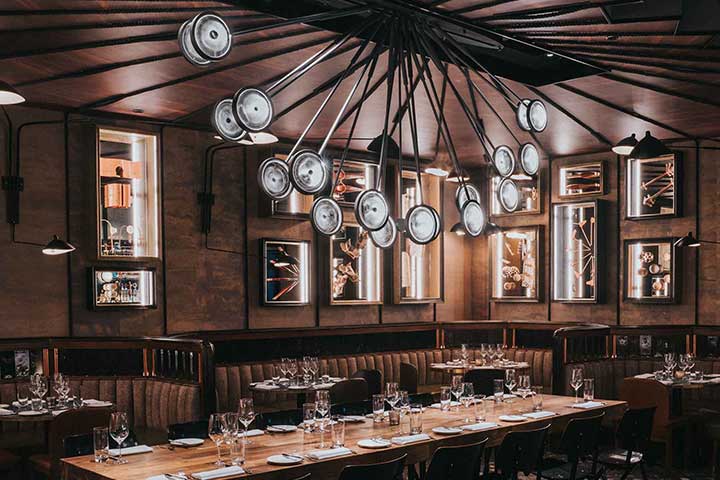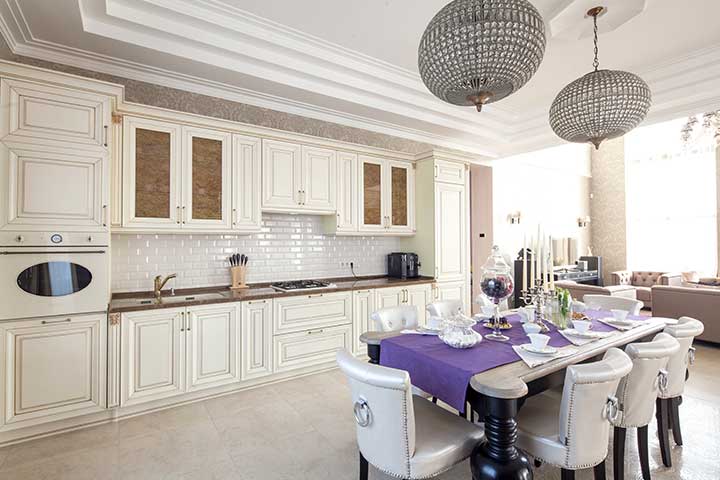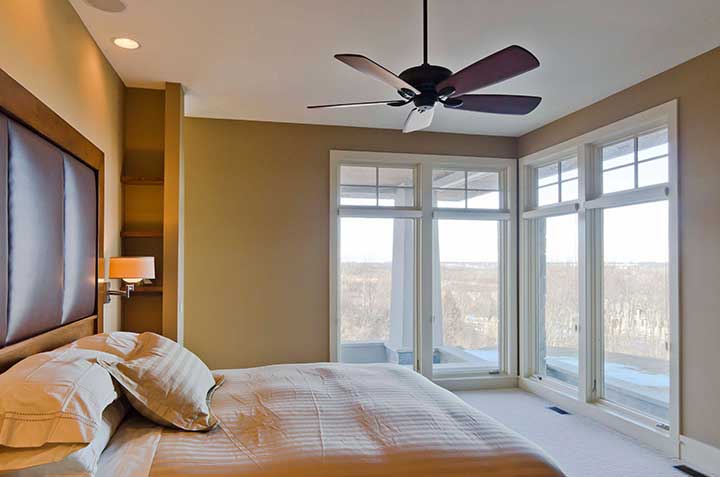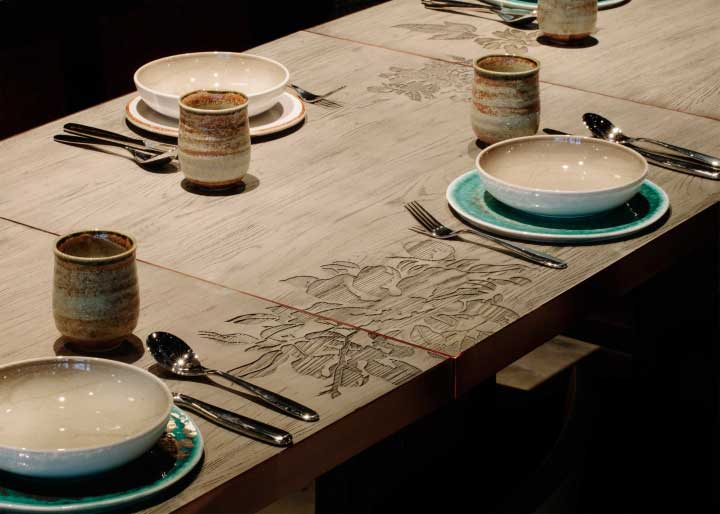Home design is a multifaceted discipline that has evolved significantly over the centuries. What began as a means to provide shelter and protection from the elements has evolved into an art form that encompasses aesthetic, functional, and psychological considerations.

This essay delves into the evolution and significance of home design, exploring how it has transitioned from a simple necessity to a reflection of our values, lifestyles, and individuality.
Early human dwellings were primarily rudimentary structures, designed to provide shelter and protection from the elements and predators. The earliest homes were often caves or simple huts made from natural materials like branches and animal hides. Design, in the modern sense, was minimal, focusing purely on functionality and basic survival needs.

As human civilization advanced, the design of homes began to reflect the culture and geography of their locations. In ancient Greece, for example, homes were designed to incorporate central courtyards, emphasizing a connection to the outdoors.
In contrast, the igloos of the Inuit people in the Arctic were specifically designed to insulate against extreme cold.With the growth of cities and the development of trade, architecture became more sophisticated.

The ancient Egyptians, for instance, constructed grand structures and designed homes with hieroglyphic inscriptions and ornate columns. In medieval Europe, castle design became an art form in itself, with intricate fortifications and elegant interiors.












